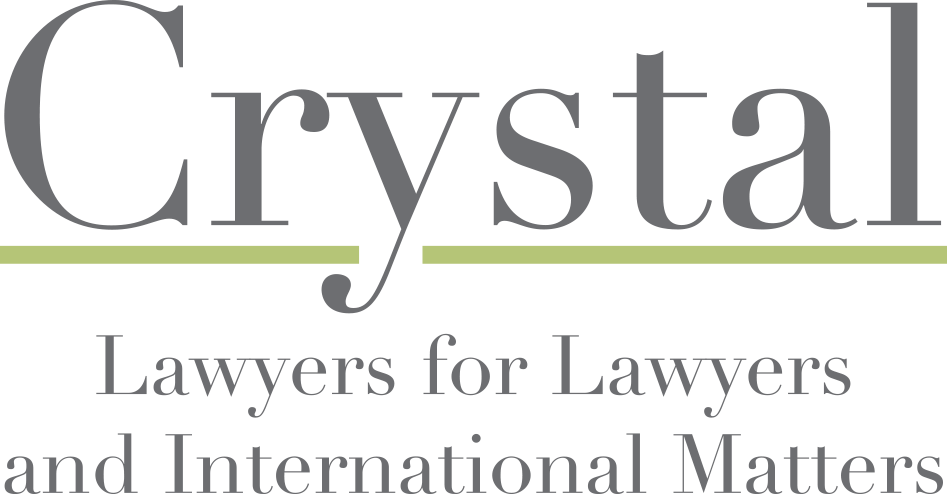A fundamental difference between in-house counsel and outside counsel is that a central part of the role of in-house counsel is rendering not only legal but business (or other nonlegal) advice; by contrast, advice giving beyond the legal remains a secondary aspect of the role of outside counsel.
Involvement of in-house counsel in nonlegal advice poses a fundamental risk to the ACP. One of the central elements of the privilege, as it is conventionally defined, is that the communication must involve “legal advice.” See Tobaccoville USA, Inc. v. McMaster , 387 S.C. 287, 692 S.E.2d526 (2010) (stating the elements of ACP). In-house counsel may often be involved in “dual purpose communications,” which include both business and legal advice. Courts are divided on the test to be used to determine privilege protection for such communications. Most courts apply a “predominant purpose” test but some use a “because of” standard. Under the “because of” standard a court examines the totality of the circumstances to determine whether privilege protection is appropriate. See Phillips v. C.R. Bard, Inc. , 290 F.R.D. 615 (D. Nev. 2013).
Given this uncertain standard, what steps can in-house counsel and outside counsel take to preserve the privilege?
i) Labeling communications as “privileged and confidential, subject to both attorney-client privilege and work product protection or both” is essential, but mere designation is insufficient to assure privilege maintenance. Also, over-labeling (i.e., the use of the privilege labels for communications that are clearly not protected, for example communications exclusively concerning business advice or that are not in confidence) is actually detrimental to other legitimate claims of privilege.
ii) Both in-house counsel and outside counsel should be conscious of the “business advice” issue in any communications they make whether internally or with each other. The best practice is to “separate and label accurately” whenever possible. If a communication would involve both legal and business advice, separate the communication into two parts (typically two e-mails), with one identified in the subject line as legal advice and containing an appropriate privilege label, while the other is referred to as “business considerations” or “other considerations” without privilege label.
iii) If the advice is being given at a meeting, for example a meeting of the board of directors, the best practice is clearly identify the communication made by the in-house counsel as legal advice and possibly to have a “legal advice” segment separate from the other parts of the meeting with the board or one of its committees going into executive session to seek or receive the legal advice. The minutes should be appropriately labeled to identify the section as privileged and confidential.
The risk of loss of privilege is heightened when the in-house counsel also performs other functions inside the organization, for example service as compliance officer, head of HR, or CFO who does not report to the general counsel. Because non-legal activities are not covered by privilege, a good practice is clarifying the role the in-house counsel is performing.
For more information, Nathan M. Crystal.
This blog is a modified extract from the following article: Nathan M. Crystal & Francesca Giannoni-Crystal, Preserving the Attorney-Client Privilege and Protecting Work Product as In-House Counsel, SC Lawyer 12 (January 2016)
